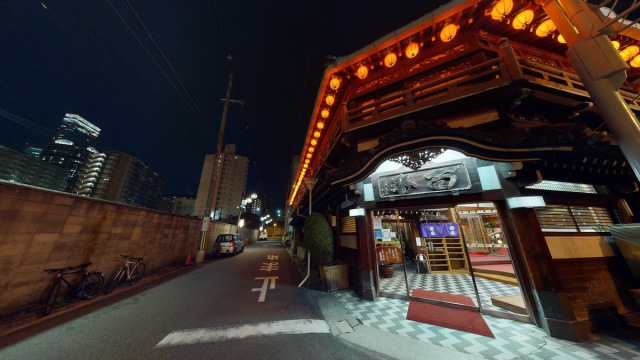
Historic building used to be a brothel, now its ornate interiors are in danger of fading away.
From the early 1600s to the early 1900s, legal red-light districts known as yukaku flourished in Japan. Prostitutes and brothels operated legally within these areas, with many establishments displaying their workers to the public through wooden slats.
▼ An example of an ‘exhibit’ in Tokyo’s Yoshiwara district, one of the country’s largest yukaku, around the turn of the 20th Century.
Image: Wikipedia
During the U.S. occupation following World War II, the U.S. General Headquarters issued an order to abolish legalised prostitution in Japan, and in 1946, brothels in yukaku areas were forced to rebrand themselves as “cafes” or “ryotei” (“high-class Japanese-style restaurants”) instead.
Although prostitution covertly continued, once the Anti-Prostitution Law was enforced in 1958, yukaku ceased to exist as they once were, leading many of the ornate buildings to fall into disrepair. However, in Osaka, where Tobita Shinchi or Tobita Yukaku, the largest yukaku in western Japan was once located, at least one former brothel remains, now operating as a restaurant.
▼ Taiyoshi Hyakuban was originally built as a 21-room brothel in 1918.
Taiyoshi Hyakuban was converted to a restaurant in 1970 and designated as a national registered tangible cultural property in 2000. The building still retains original features of the brothel, including themed rooms and paintings, but is in dire need of repairs, which has led a group of locals to form the Micro Heritage project and start a crowdfunding campaign to help the owner preserve this part of Japanese history.
Now that the building is over 100 years old, the foundations, exteriors, and interiors have all deteriorated significantly, and while the second-generation owner had hoped to restore it, the drop in customers due to the coronavirus pandemic has left them in a bind, as they are now unable cover the costs of restoration.
▼ Restoring precious artwork is just one of the repairs needed.
With few buildings like this left in Japan, locals are keen to preserve its architectural and cultural history, which stems from the Taisho Period (1912-1926), a time when Japanese culture was beginning to blend with trends from overseas.
There are so many wonderful design flourishes to be found throughout the two-storey wooden building, which contains larger rooms on the ground floor and 13 smaller tea-room style rooms on the second floor, with each one decorated differently.
Repair work can be costly, which is one of the reasons why so many of these old buildings in former yukaku districts were sold and demolished.
The Micro Heritage project aims to protect privately owned national registered tangible cultural properties in the Osaka area, and before setting up the crowdfunding campaign, they attempted to draw interest in the restaurant with a special VR video that allows you to walk through every room inside the building.
The VR video reveals the awesome beauty of the building, and the sad state of it, peeling murals and warped beams and all.
While there’s a tendency to romanticise yukaku, project coordinators want to remind everybody that there’s a dark side to this era of history and the treatment of women during this period. Preserving the history of the building isn’t about romanticising its dark history but allowing people to educate themselves and learn more about the city’s urban culture in a tangible way.
The crowdfunding campaign aims to raise 15 million yen (US$136,786) by 10 August, and has currently raised 3.3 million yen, or 22 percent of the target goal, with 33 days left on the project. Reward tiers start at 3,000 yen and go all the way up to 1 million yen for meal tickets, tours and photo books.
The campaign is being run on an all-or-nothing basis, which means funds will be returned and repairs will stall if the target goal isn’t achieved, so if you’re a fan of Japanese architecture, you’ll want to act now and cross your fingers and toes in the hope that the project is successful.
Because after losing the Nakagin Capsule Tower, a Kyoto bath house, the oldest ryokan at an onsen resort, and a restaurant founded in the Edo period, it would be heartbreaking to have to say goodbye to any more historic Japanese establishments.
Restaurant information
Taiyoshi Hyakuban / 鯛よし百番
Address: Osaka-fu, Osaka-shi, Nishinari-ku Sanno 3-5-25
大阪府大阪市西成区山王3-5-25
Hours: 5:00 p.m.-11:00 p.m. (Closed Mondays)
Website
Related: Readyfor/Micro Heritage, Taiyoshi Hyakuban (Tobita Hyakuban), Taiyoshi Hyakuban VR Project
Images: Readyfor/Micro Heritage unless otherwise stated
● Want to hear about SoraNews24’s latest articles as soon as they’re published? Follow us on Facebook and Twitter!
[ Read in Japanese ]

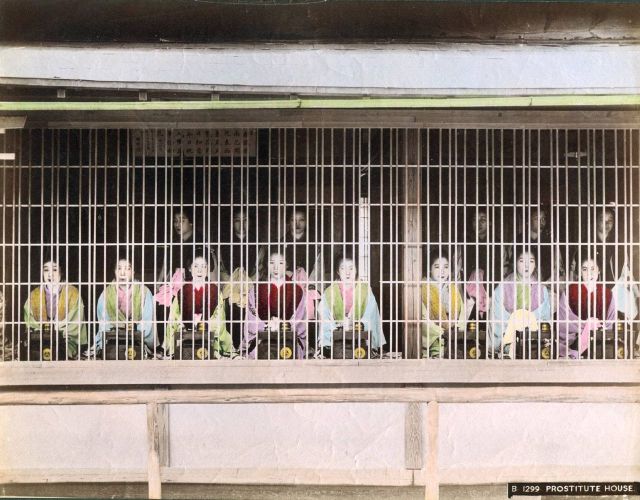
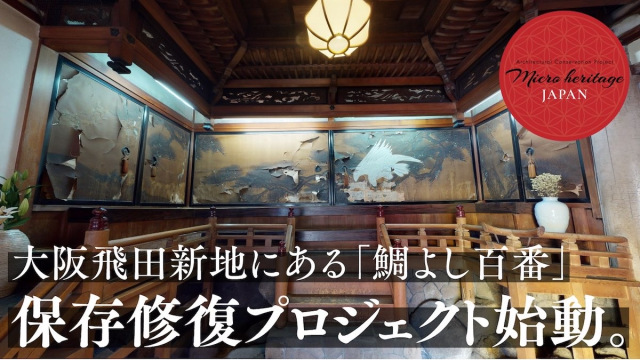
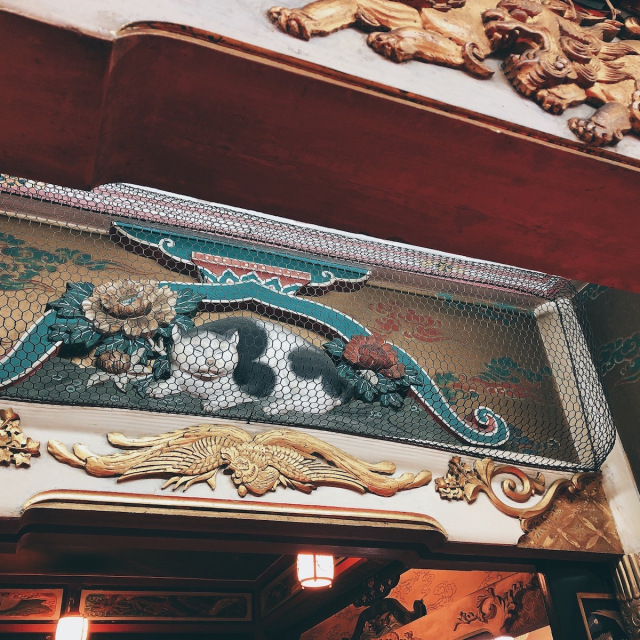
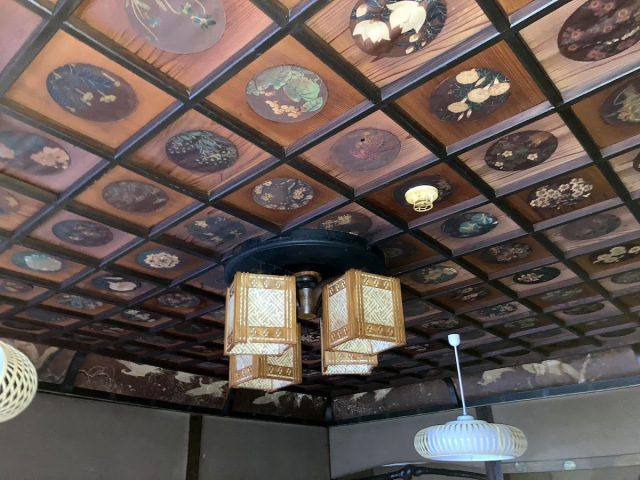

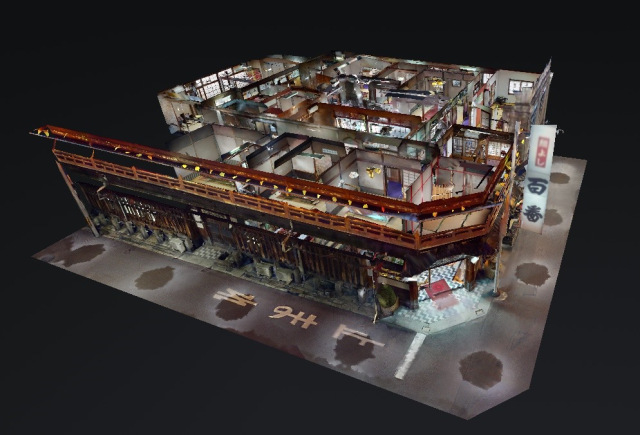


 Pizza Hut Japan’s hot lucky bags are perfect for a New Year’s pizza party
Pizza Hut Japan’s hot lucky bags are perfect for a New Year’s pizza party Survey finds more than 70 percent of Japanese children have an online friend
Survey finds more than 70 percent of Japanese children have an online friend New Japanese menstrual product seeks to help women spot unidentified iron deficiencies
New Japanese menstrual product seeks to help women spot unidentified iron deficiencies McDonald’s Japan has free smiles on its delivery menu, but does asking for one make a difference?
McDonald’s Japan has free smiles on its delivery menu, but does asking for one make a difference? Japanese thug wear from Birth Japan perfect for those breaking bad next year
Japanese thug wear from Birth Japan perfect for those breaking bad next year Pizza Hut Japan’s hot lucky bags are perfect for a New Year’s pizza party
Pizza Hut Japan’s hot lucky bags are perfect for a New Year’s pizza party Survey finds more than 70 percent of Japanese children have an online friend
Survey finds more than 70 percent of Japanese children have an online friend New Japanese menstrual product seeks to help women spot unidentified iron deficiencies
New Japanese menstrual product seeks to help women spot unidentified iron deficiencies McDonald’s Japan has free smiles on its delivery menu, but does asking for one make a difference?
McDonald’s Japan has free smiles on its delivery menu, but does asking for one make a difference? Japanese thug wear from Birth Japan perfect for those breaking bad next year
Japanese thug wear from Birth Japan perfect for those breaking bad next year Let’s go open a Lego Japan lucky bag…o
Let’s go open a Lego Japan lucky bag…o Japanese osechi New Year’s meal lucky bag gives us way more than we bargained for
Japanese osechi New Year’s meal lucky bag gives us way more than we bargained for 7-Eleven Japan’s ramen-cooking robot whipped us up a bowl of noodles【Taste test】
7-Eleven Japan’s ramen-cooking robot whipped us up a bowl of noodles【Taste test】 Prefectural rivalry in Japan: Survey reveals which areas compete against each other, and why
Prefectural rivalry in Japan: Survey reveals which areas compete against each other, and why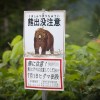 Death of a Japanese man attacked by bear sparks conversation about what to do when facing off with one
Death of a Japanese man attacked by bear sparks conversation about what to do when facing off with one Starbucks Japan ready to get Year of the Horse started with adorable drinkware and plushies【Pics】
Starbucks Japan ready to get Year of the Horse started with adorable drinkware and plushies【Pics】 Cyberpunk anime meets traditional culture in Ghost in the Shell gold leaf Japanese changing screens
Cyberpunk anime meets traditional culture in Ghost in the Shell gold leaf Japanese changing screens 7 great places to see Mt. Fuji from without having to climb it
7 great places to see Mt. Fuji from without having to climb it Hello Kitty Choco Egg figures are an adorable trip through three periods of Japanese pop culture【Pics】
Hello Kitty Choco Egg figures are an adorable trip through three periods of Japanese pop culture【Pics】 Japan’s otoshidama tradition of giving kids money at New Year’s gets a social welfare upgrade
Japan’s otoshidama tradition of giving kids money at New Year’s gets a social welfare upgrade We found possibly the quietest Japanese-style hotel in Tokyo’s bustling Shinjuku district
We found possibly the quietest Japanese-style hotel in Tokyo’s bustling Shinjuku district Lacquerware supplier to emperor of Japan and Pokémon team up for new tableware
Lacquerware supplier to emperor of Japan and Pokémon team up for new tableware Sumo Sanrio! Hello Kitty and pals team up with Japan Sumo Association for new merch【Pics】
Sumo Sanrio! Hello Kitty and pals team up with Japan Sumo Association for new merch【Pics】 Can a dirty butthole make you filthy rich in Japan? We’re starting a New Year’s lottery experiment
Can a dirty butthole make you filthy rich in Japan? We’re starting a New Year’s lottery experiment 7-Eleven Japan starts new temporary luggage storage service in over 300 branches
7-Eleven Japan starts new temporary luggage storage service in over 300 branches Disillusionment at Tsukiji’s tourist-target prices led us to a great ramen restaurant in Tokyo
Disillusionment at Tsukiji’s tourist-target prices led us to a great ramen restaurant in Tokyo Starbucks teams up with 166-year-old Kyoto doll maker for Year of the Horse decorations【Photos】
Starbucks teams up with 166-year-old Kyoto doll maker for Year of the Horse decorations【Photos】 Tokyo considering law requiring more trash cans following litter increase in heavily touristed area
Tokyo considering law requiring more trash cans following litter increase in heavily touristed area Tokyo’s Tsukiji sushi neighborhood asks tour groups to stay away for the rest of the month
Tokyo’s Tsukiji sushi neighborhood asks tour groups to stay away for the rest of the month Nintendo’s Kirby now delivering orders at Kura Sushi restaurants, but not in Japan
Nintendo’s Kirby now delivering orders at Kura Sushi restaurants, but not in Japan Tokyo event lets you travel back in time, for free, to celebrate 100 years since Showa era start
Tokyo event lets you travel back in time, for free, to celebrate 100 years since Showa era start Sanrio theme park in Japan announces plans to expand into a Sanrio resort
Sanrio theme park in Japan announces plans to expand into a Sanrio resort Japan may add Japanese language proficiency, lifestyle classes to permanent foreign resident requirements
Japan may add Japanese language proficiency, lifestyle classes to permanent foreign resident requirements Survey asks foreign tourists what bothered them in Japan, more than half gave same answer
Survey asks foreign tourists what bothered them in Japan, more than half gave same answer Japan’s human washing machines will go on sale to general public, demos to be held in Tokyo
Japan’s human washing machines will go on sale to general public, demos to be held in Tokyo Japan’s deadliest food claims more victims, but why do people keep eating it for New Year’s?
Japan’s deadliest food claims more victims, but why do people keep eating it for New Year’s? We deeply regret going into this tunnel on our walk in the mountains of Japan
We deeply regret going into this tunnel on our walk in the mountains of Japan Studio Ghibli releases Kodama forest spirits from Princess Mononoke to light up your home
Studio Ghibli releases Kodama forest spirits from Princess Mononoke to light up your home Major Japanese hotel chain says reservations via overseas booking sites may not be valid
Major Japanese hotel chain says reservations via overseas booking sites may not be valid Put sesame oil in your coffee? Japanese maker says it’s the best way to start your day【Taste test】
Put sesame oil in your coffee? Japanese maker says it’s the best way to start your day【Taste test】 No more using real katana for tourism activities, Japan’s National Police Agency says
No more using real katana for tourism activities, Japan’s National Police Agency says Starbucks Japan reveals new sakura drinkware collection, inspired by evening cherry blossoms
Starbucks Japan reveals new sakura drinkware collection, inspired by evening cherry blossoms Updated cherry blossom forecast shows extra-long sakura season for Japan this year
Updated cherry blossom forecast shows extra-long sakura season for Japan this year Let’s go open a Lego Japan lucky bag…o
Let’s go open a Lego Japan lucky bag…o Japanese osechi New Year’s meal lucky bag gives us way more than we bargained for
Japanese osechi New Year’s meal lucky bag gives us way more than we bargained for 7-Eleven Japan’s ramen-cooking robot whipped us up a bowl of noodles【Taste test】
7-Eleven Japan’s ramen-cooking robot whipped us up a bowl of noodles【Taste test】 Prefectural rivalry in Japan: Survey reveals which areas compete against each other, and why
Prefectural rivalry in Japan: Survey reveals which areas compete against each other, and why Death of a Japanese man attacked by bear sparks conversation about what to do when facing off with one
Death of a Japanese man attacked by bear sparks conversation about what to do when facing off with one Japan has $10 bananas from the coldest prefecture in the country, but how do they taste?
Japan has $10 bananas from the coldest prefecture in the country, but how do they taste? You can now visit a recreation of Evangelion’s Tokyo-3 and live there in miniature form in【Pics】
You can now visit a recreation of Evangelion’s Tokyo-3 and live there in miniature form in【Pics】 This is the one and only kakuni pork bowl restaurant in Tokyo, and it’s amazing
This is the one and only kakuni pork bowl restaurant in Tokyo, and it’s amazing Tokyo considering law requiring more trash cans following litter increase in heavily touristed area
Tokyo considering law requiring more trash cans following litter increase in heavily touristed area Harajuku’s new permanent Tamagotchi shop is filled with cuteness and a surprising lack of poop
Harajuku’s new permanent Tamagotchi shop is filled with cuteness and a surprising lack of poop Japanese survey ranks Hokkaido as the most desirable prefecture to settle down in
Japanese survey ranks Hokkaido as the most desirable prefecture to settle down in
Leave a Reply